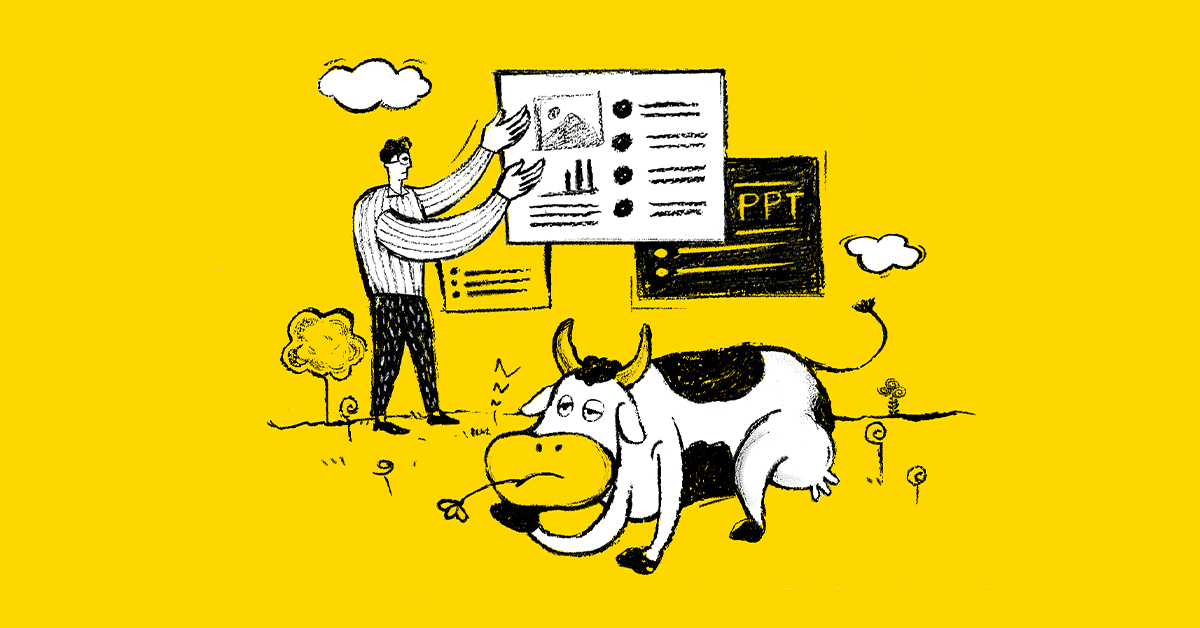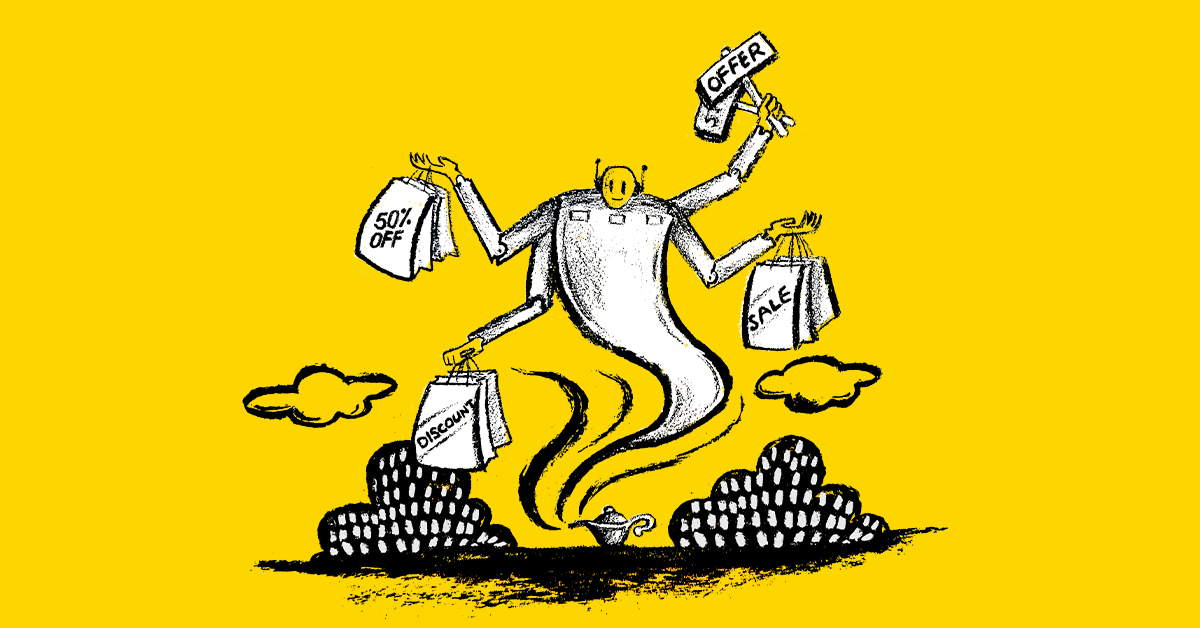Not too long ago, corporate presentations meant one thing: A bunch of PowerPoint slides loaded with bullet points, pie charts, and stock images. Executives believed the right template would keep audiences engaged and make their message stick.
But how many of those presentations do people actually remember?
In reality, most PowerPoint presentations fail not because of bad design but because they lack a corporate story that fails to engage, inspire, or persuade. Too often, these presentations reduce storytelling to data dumps, stripping away the creativity and emotion that make people pay attention.
If you want your brand’s story to stand out, you need a narrative that sparks curiosity, builds connection, and makes your message impossible to forget. And that’s where creative psychology comes in.
The Power of Creative Psychology in Business Storytelling
Creative psychology is a game-changer when it comes to engaging your audience. It taps into how our brains are wired to process and recall information through stories rather than isolated data, facts, and figures. A study from Stanford University found that people remember stories 22 times more than facts alone. This is because stories engage multiple areas of the brain, including the sensory, memory, and emotional centres, making them far more impactful than raw data.
The Pitfalls of PowerPoint Templates
Most corporate teams stick to PowerPoint templates because they’re quick and easy. But let’s be real: Just because something is efficient doesn’t mean it’s effective. Templates are stiff, predictable, and completely ignore what makes a great story stick.
Moreover, cognitive load theory shows that when we cram slides with text, charts, and endless bullet points, we don’t make things clearer—we make them harder to process. Instead of keeping people engaged, we overload them, and they mentally check out. That’s why “Death by PowerPoint” is a thing. Instead of guiding and engaging audiences through a narrative, templated slides often drown them in unnecessary cognitive effort.
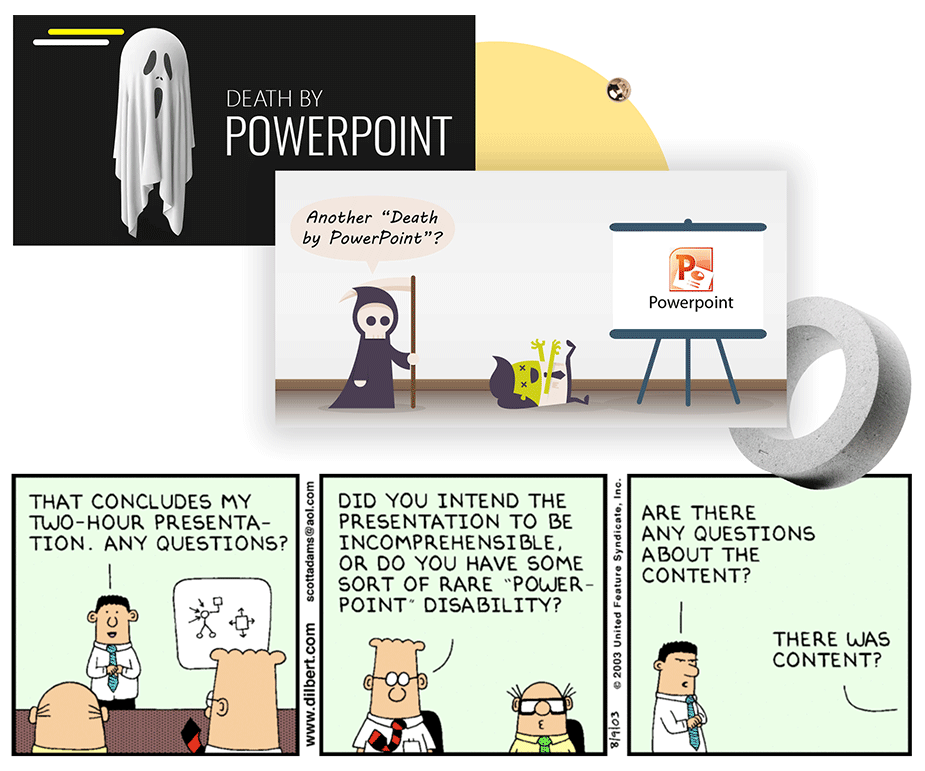
Now, think about how Steve Jobs launched the iPhone in 2007. Did he throw up a PowerPoint slide packed with specs? No. He simply said:
“Today, Apple is going to reinvent the phone.“
Then, he told a story—one that built excitement, painted a vision, and made people feel something. No overwhelming slides. No clutter. Just a clear, compelling message that people still remember today.
That’s the power of real corporate storytelling with creative psychology. And that’s exactly what cookie-cutter PowerPoint templates fail to do.
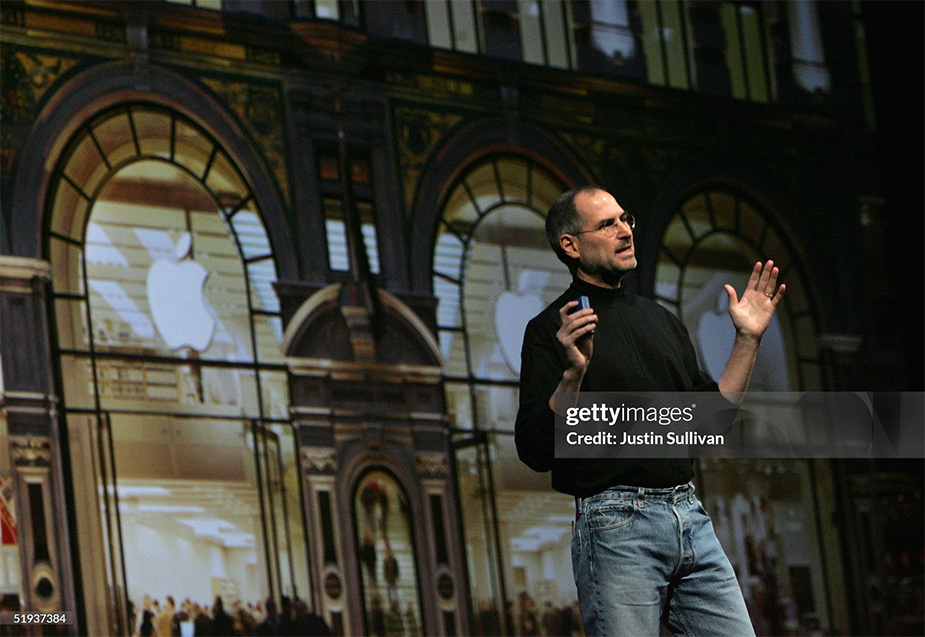
How to Elevate Your Corporate Storytelling with Creative Psychology
To truly captivate your audience, your corporate presentations need to ditch PowerPoint templates and tap into psychological principles that make information resonate. Here are a few key approaches:
1. Start With Why
Don’t make the mistake of focusing solely on what you do instead of why you do it in your brand storytelling. Center your narrative on the purpose behind your brand.
Simon Sinek’s “Start With Why” book explains that people don’t buy products; they buy into a mission, a belief, a purpose. He says, “There are only two ways to influence human behavior: you can manipulate it or you can inspire it.” By choosing to inspire, you shift the focus from transactional details to a deeper connection rooted in shared values and passion. This approach can help you tap into the emotional and trust-building centers of the brain, making your corporate story far more compelling and memorable.
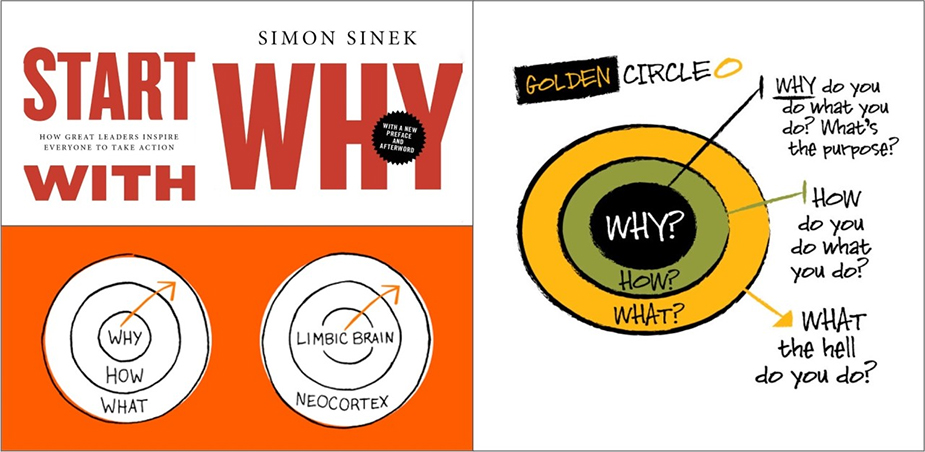
2. Focus On The Emotional Effect
When you weave emotions into your business storytelling, your audience connects on a deeper level. Neuroscientist Paul Zak’s research shows that narratives with emotional highs and lows trigger oxytocin release, making people more likely to trust and engage with your message.
For instance, consider how TED Talks captivate audiences. They rarely rely on slides overloaded with text. Instead, they engage their audience with anecdotes, personal insights, relatable struggles, or customer stories that tap into human emotions, making their presentations more impactful.
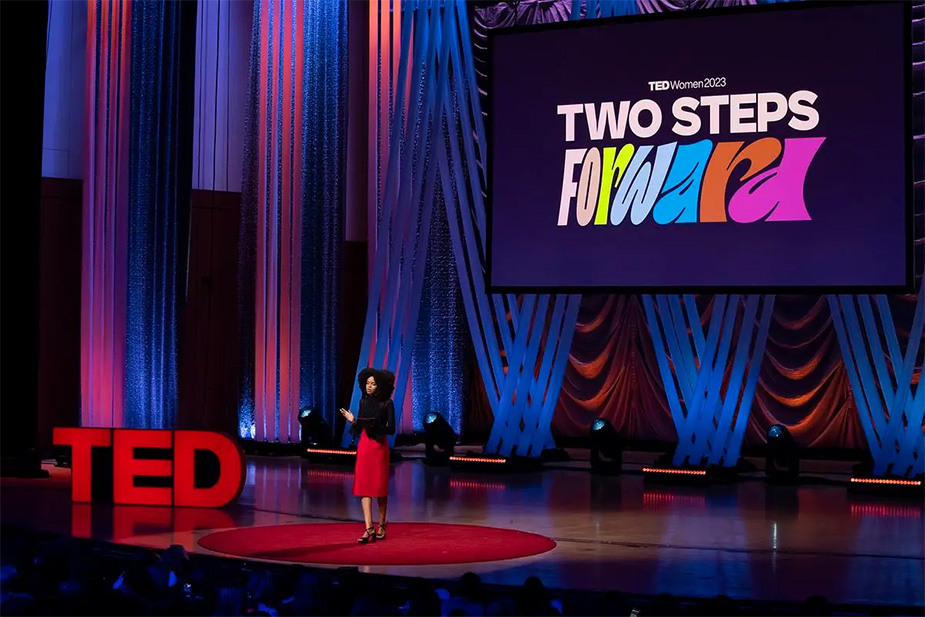
3. The Dopamine Hook (Make Your Story Addictive)
The human brain craves narrative tension. If you immediately reveal all your information, there’s no reason for your audience to stay engaged. That’s why great stories trigger dopamine, the brain’s “feel-good” chemical. This happens when there’s suspense, a challenge, or a satisfying resolution. So, if your corporate story follows a compelling arc that sets up a problem, builds anticipation, and then delivers a powerful resolution, you can keep your audience hooked.
4. Make It About Them, Not You
One of the biggest mistakes in corporate storytelling? Talking about yourself too much. The truth is, customers don’t care about your company—they care about how you help them. Shifting your story to be customer-centric rather than company-centric makes it instantly more engaging. In short, when crafting your corporate story, you position your customer as the hero and your brand as the guide that helps them succeed.
For example, Nike doesn’t say, “We make athletic shoes.” They say, “Just Do It.” Their brand storytelling is about empowering the athlete in everyone, making the audience the hero.

5. Use Visual and Emotional Anchors
If your corporate storytelling is all data and bullet points, it won’t leave an impact. Plus, if your corporate story is overly complex, your audience won’t remember it. The key is to pair data with emotionally charged visuals or metaphors that reinforce your message.
Rethink Your Next Corporate Presentation
If you want your corporate story to move, inspire, and persuade, you must go beyond PowerPoint templates and embrace creative psychology.
Because at the end of the day, no one remembers a slide. But everyone remembers a great story.
And in a world drowning in mediocre presentations, the companies that master the principles of creative psychology in corporate storytelling will be the ones people remember.






